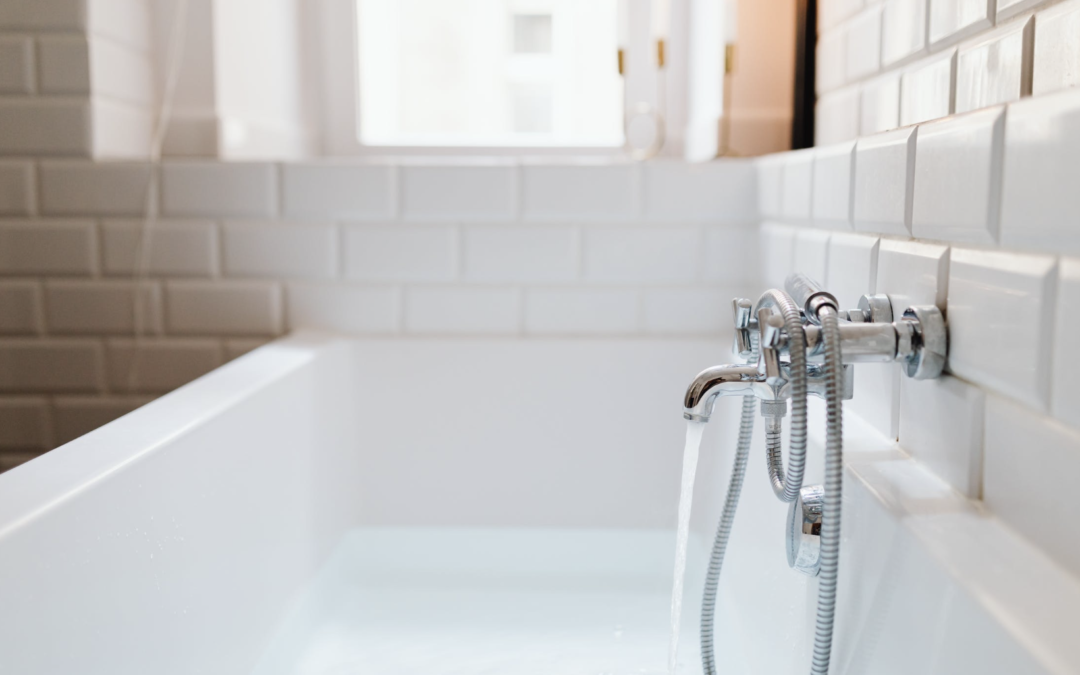Smart irrigation is vital for long-term health of your landscaping and plants. An irrigation system that is properly designed will ensure that landscaping water is not mixed with drinking water. This will prevent contamination. It is essential to have a back flow preventer installed in Glendale, CA if you have an irrigation system. Here is a brief overview of back flow preventers and how they work.
All about Back-flow Prevention
The Uniform Plumbing code requires that irrigation systems be approved for back flow preventions. These devices prevent water contamination from Glendale’s public water supply.
Back flow refers to water flow that is reversed by inadvertent actions. This happens when water systems are connected to irrigation methods. Back flow can cause herbicides, fertilizers, and other harmful substances to be released from the irrigation system into public drinking water supplies.
Backf low in irrigation systems can be caused by back pressure or back siphonage.
Back Pressure is when the system pressure exceeds that of the supply. These connections can increase the risk of back pain.
Back siphonage occurs when water is pulled backwards by a decrease in pressure or overall negative pressure on its water supply side. This could lead to contaminated water being drawn to the source via sprinklers and other emitters.
There is a variety of back-flow prevention devices in Glendale, CA.
Atmospheric vacuum break: These valves provide the highest level of security and are available in both manual or electric forms.
They should be installed at the irrigation system’s facet at least six inches away from the highest emission stage. After being depressurized, the floating disc will collapse and allow air to flow downstream.
Pressure vacuum breaker: A PVB is the next-level from AVB. It prevents siphonage by using a spring-loaded check-valve that opens when water stops flowing. An air relief valve is available to prevent the siphon from breaking if pressure drops below 1 psi.
Double check valve assembly. A DCV is a double check valve assembly. This includes two spring-loaded check devices. They prevent back siphonage and back pressure on non-hazardous system. It is important to learn the codes.
Low pressure assembly – This device is designed to protect against both types back flow and can be used in high-hazard areas.

